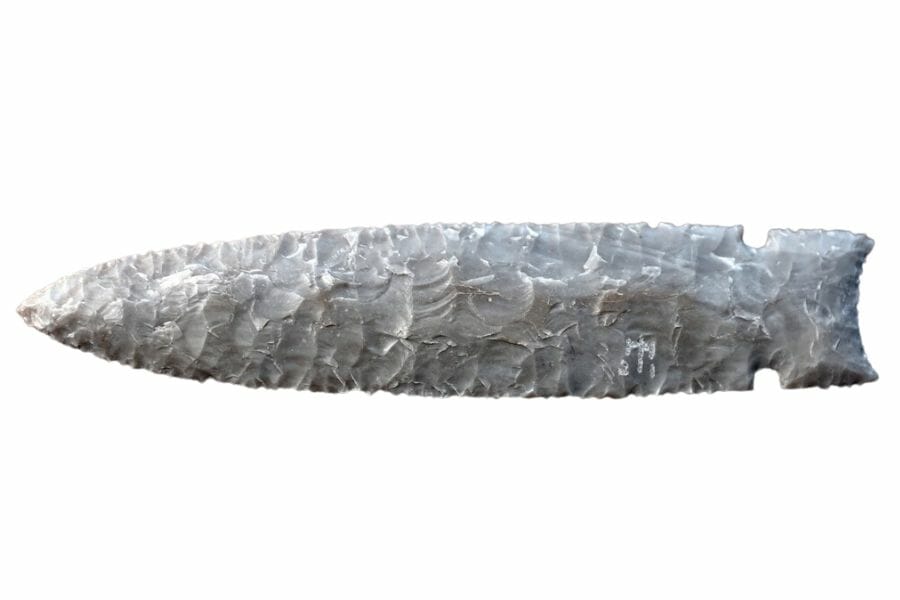Flint is an incredible rock with a history as sharp as its edges. Found in various parts of the world, including many regions of the United States, it has been a favorite of ancient civilizations and modern collectors alike.
Knowing how to identify flint is essential for those curious about geology or simply looking for a cool find on their next outdoor adventure. It has distinct traits that make it stand out, even to the untrained eye.
While it may seem daunting at first, with a keen eye and some knowledge, finding and identifying this special rock becomes an enjoyable adventure.
What is flint?
Flint is a fascinating type of rock known for its sharpness and durability. It’s actually a form of quartz, and its fine-grained texture is great for making tools.
A cool fact about how flint is formed: it originates from ancient sea sediments, transforming over time through chemical processes.
In the United States, flint is commonly found in states like Ohio, Texas, and Oklahoma. These areas have rich deposits, thanks to their unique geology and history. When you’re in these regions, keep an eye out for flint nodules.
The different types of flint
Just like we have different flavors of ice cream, flint comes in various types. Each type has its own unique look and story to tell.
Striped Flint
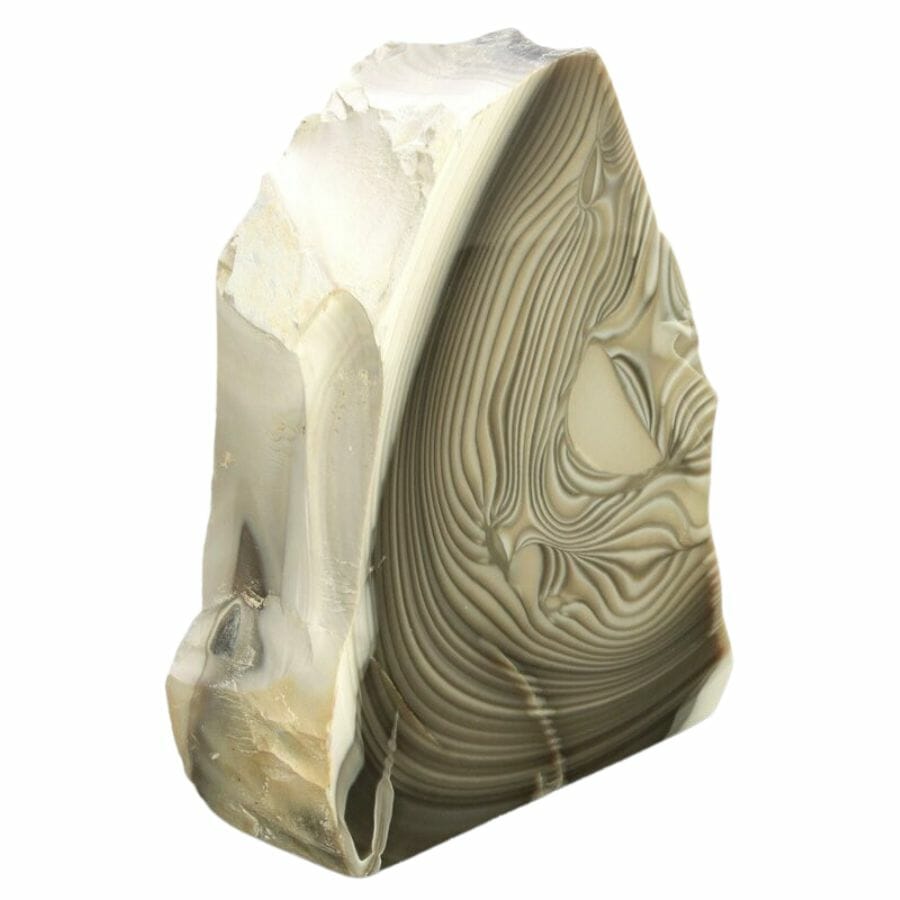
Striped flint’s beautiful layers or bands of different colors make it stand out from other flints. These unique stripes are often created by changing environments during its formation.
While many types of flint are found in various places, striped flint has a special home, mainly in Europe. Each stripe tells a tale of the earth’s history, making striped flint a rock star in the world of geology!
Tabular Flint
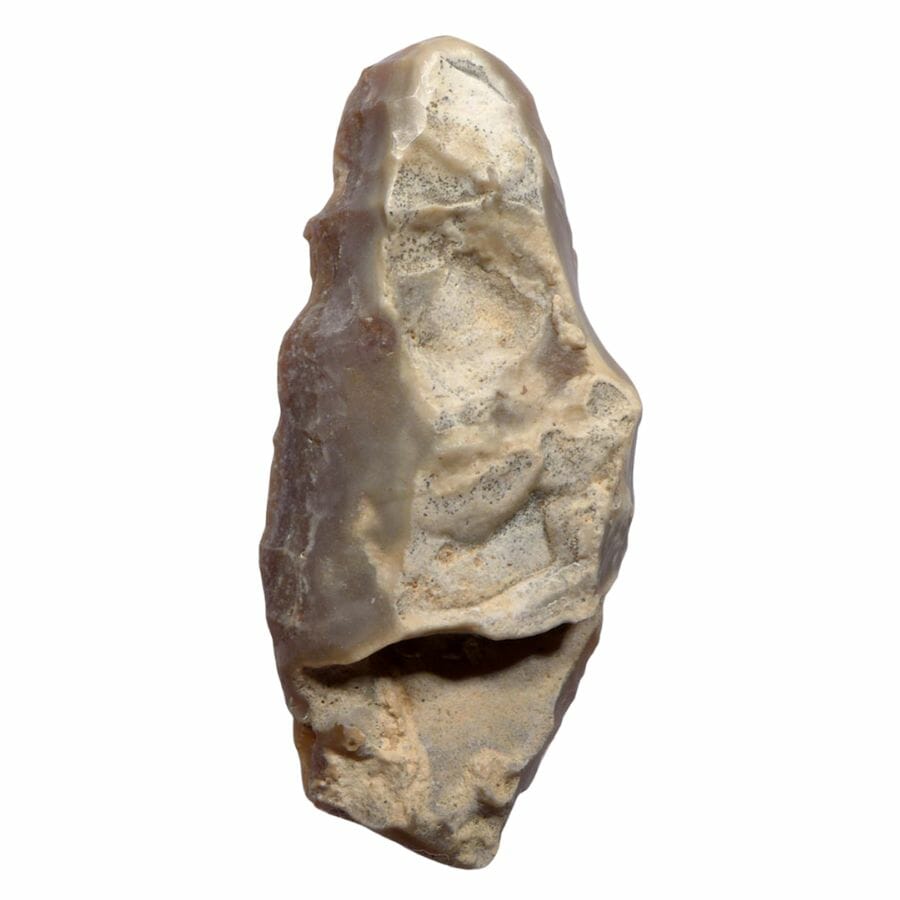
Tabular flint is like the pages of a really old book made from stone. What makes it stand out from other types of flint is its shape: it forms in thin layers or sheets.
Often, you’ll find tabular flint sandwiched between other rock layers, like a stone filling in a rocky sandwich. This unique formation means that when you spot these thin, sheet-like structures, you’ve likely stumbled upon tabular flint.
Knife River Flint
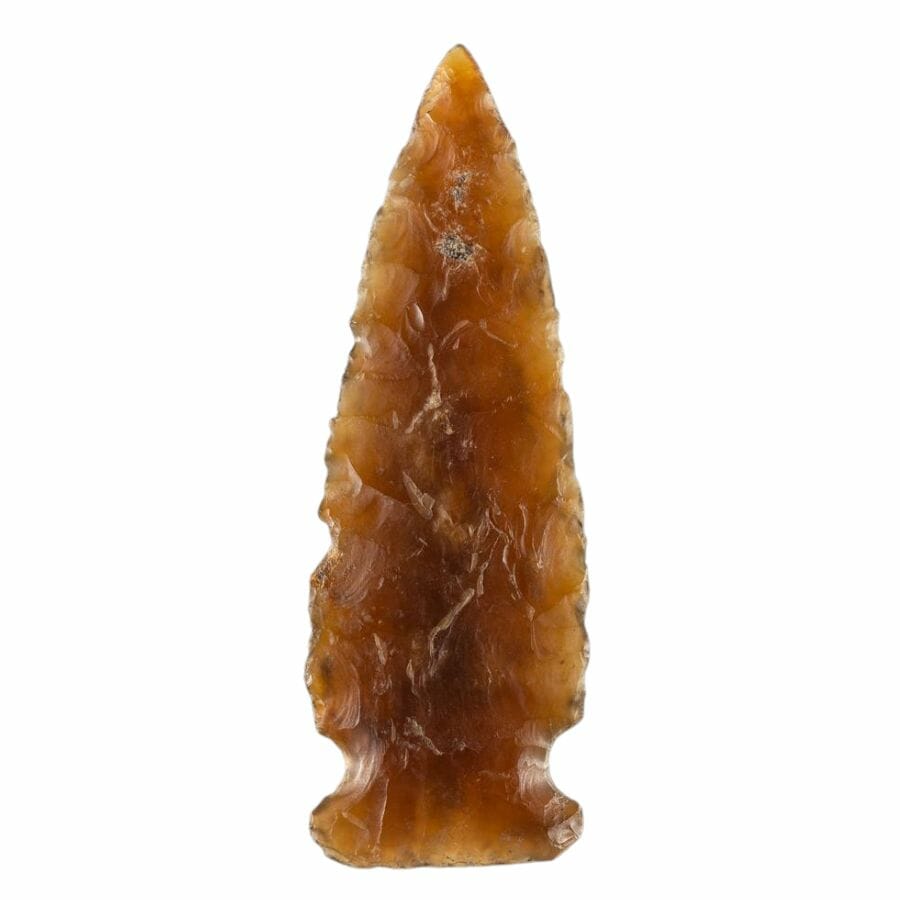
With its gorgeous caramel color, Knife River flint is a standout in the rock world. This special rock comes mostly from the Knife River area of North Dakota.
What’s really cool about it is how it became popular long ago. Prehistoric folks used it for making tools, and they traded it all across the Great Plains.
While many flints are found in various spots, Knife River flint has its special home in North Dakota.
Novaculite Flint
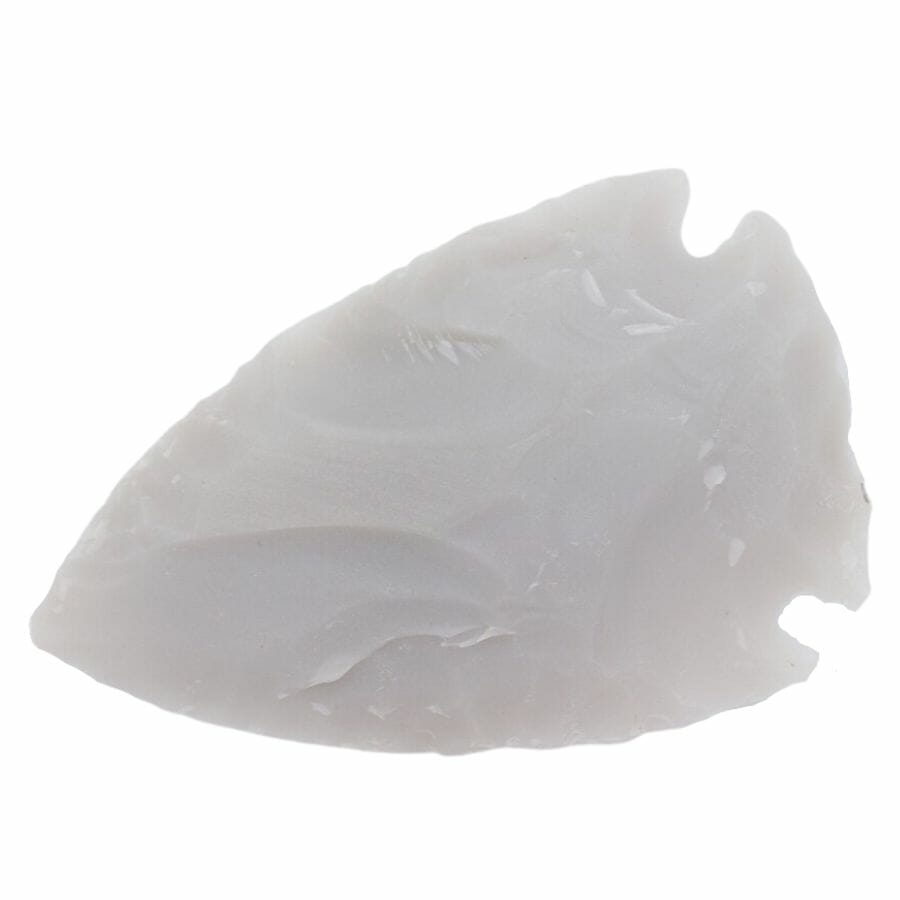
Novaculite flint is a microcrystalline quartz that’s dense and super fine-grained. Unlike many other flint types, novaculite flint is often white or light gray, giving it a unique appearance.
A cool thing about novaculite is that it’s primarily found in the Ouachita Mountains of Arkansas and Oklahoma. These regions are a treasure trove for this specific type of flint.
Where to find flint
Exploring the United States offers the chance to discover some awesome rocks, and flint is definitely one of them! From the East Coast to the West Coast, there are spots just waiting for rock lovers to explore.
Flint Ridge Ancient Quarries and Nature Preserve
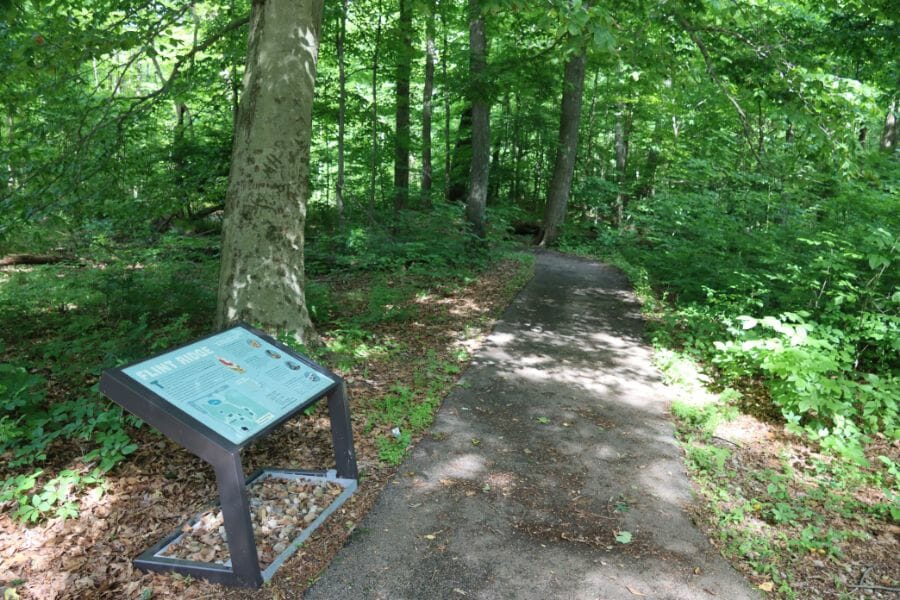
The Flint Ridge Ancient Quarries and Nature Preserve is like a treasure trove for rock enthusiasts! It’s known for its rich history and is a hotspot for flint hunting.
Back in the day, Native Americans treasured this place because of the high-quality flint found here.
This isn’t just your regular flint; the varieties here can range from colors like beautiful blues to lovely reds and even striking blacks.
However, this isn’t all there is about the Flint Ridge Ancient Quarries and Nature Preserve. While searching for these colorful stones, you’ll also get to enjoy the beauty of nature, making the adventure doubly rewarding.
Alibates Flint Quarries National Monument
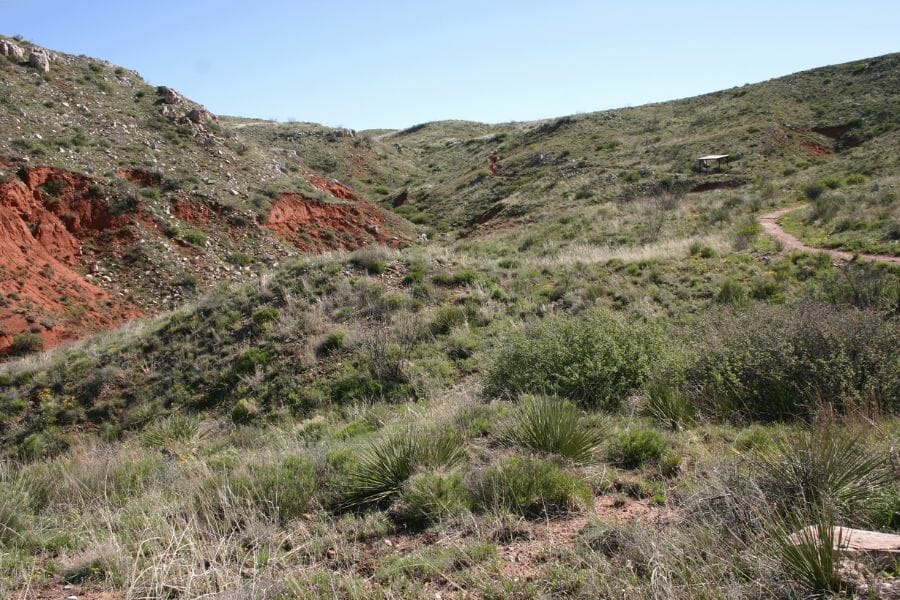
The Alibates Flint Quarries National Monument has a deep history, going back thousands of years when Native Americans discovered its treasure: top-notch flint. They used this flint to craft tools, which were essential for daily life.
The flint from Alibates stands out because of its unique colors and patterns, making it a popular choice for trade. When you explore the monument, you’ll notice various shades, from lovely reds and grays to intricate marbled patterns.
Virgin Valley, Nevada
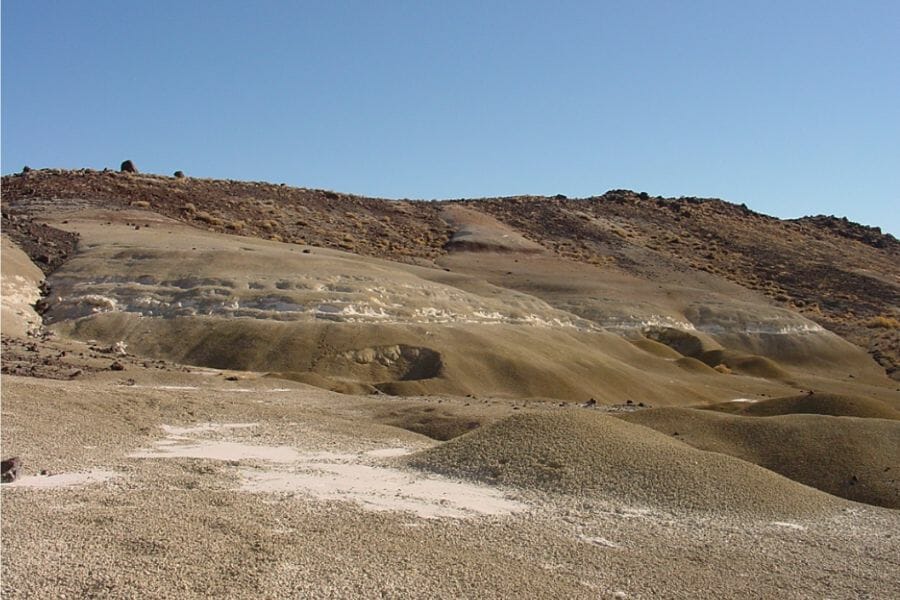
Tucked away in the vast landscapes of the state, Virgin Valley is one spot where you can find flint in abundance. The region has been on the radar of many geology enthusiasts for years. The flint here stands out for its quality and variety.
While searching for these rocks, it’s also a chance to soak in the beauty of nature. Virgin Valley also offers stunning scenic views and unique geological features that can make anyone’s adventure memorable.
Bismarck, North Dakota
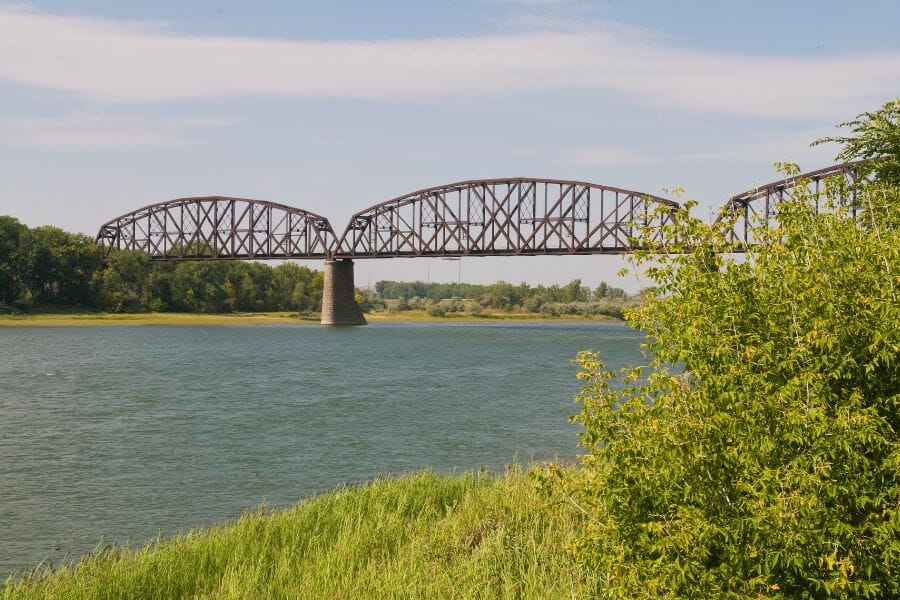
As the state’s capital city, Bismarck is brimming with history, culture, and scenic beauty. But beyond the modern-day attractions, Bismarck sits atop ancient geological wonders.
The landscape around the city is dotted with areas rich in flint deposits. Thanks to the region’s unique geology, over thousands of years, layers upon layers of materials have left behind some amazing finds.
For anyone keen on adding to their rock collection, Bismarck offers promising spots.
Ouachita National Forest, Arkansas
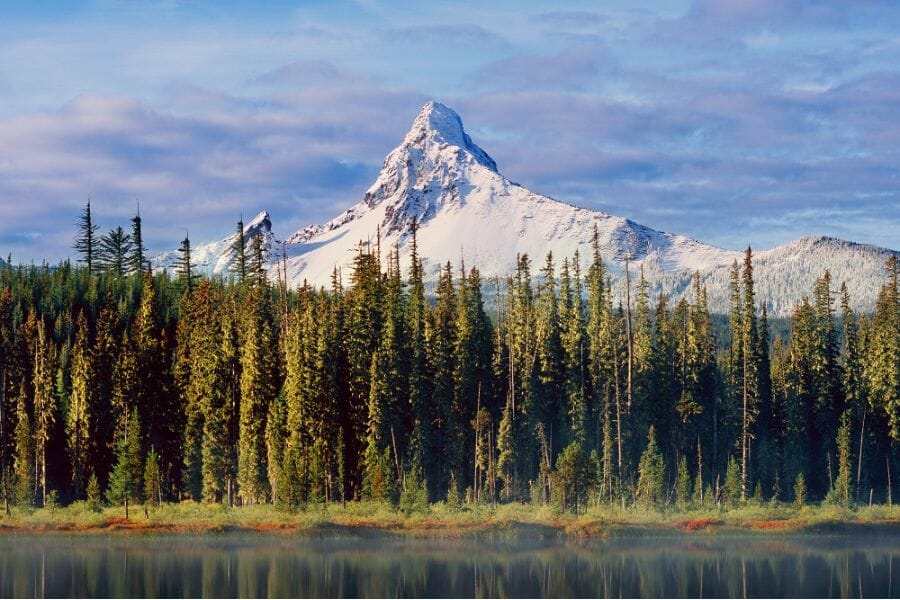
Spanning a vast area with lush trees and rolling hills, Ouachita National Forest is a haven for outdoor lovers. But there’s more beneath the surface! This forest is also home to rich deposits of novaculite flint.
If you’re keen on knowing where to find flint in real life, this forest should be on your list. Novaculite from this area is renowned for its quality. People have been gathering it here for thousands of years, using it to craft sharp tools and weapons.
How to find flint
Flint is scattered in various places around the world, each with its unique characteristics. Some folks have favorite spots, while others enjoy the thrill of discovering new locations. Here are some ways to uncover this stone.
Search in riverbeds and beaches
Here’s a tip: flint loves to hang out near water. As time goes by, wind and water erode cliffs and grounds, releasing flint nodules. These often land along riverbanks, settling on beaches, or even resting at the bottom of streams.
When on a hunt, keep an eye out for rounded rocks with a rough, white outer layer – that could be flint’s protective coat! So, next time you’re strolling by a river or beach, flint might just be waiting for you to spot it.
Look for the cortex
Finding flint can be a rewarding adventure, especially when you know the signs to look for! One of the biggest clues is the cortex. This white, chalky outer layer often remains even after the rock has moved from its original spot.
When exploring areas like riverbeds, beaches, or fields, spotting a rock with this distinctive layer could mean you’ve found a flint nodule. The cortex not only protects the inner beauty of the flint but also serves as a beacon for those searching.
Check gravel pits
If you’re wondering how to find flint, gravel pits are often great starting points. They’re places where different rocks, including flint, gather after being moved around by natural processes like water flow.
As gravel collects, flint often tags along, hiding among the other stones. When searching in a gravel pit, keep an eye out for white or pale-colored rocks, which might be flint with its cortex.
Walk through fields after rain
Rain has a way of revealing hidden treasures in fields. After a refreshing downpour, the ground sparkles clean, pushing away dirt and giving rocks a fresh shine. This makes it a perfect time for a flint-hunting adventure.
As you walk through damp fields, keep an eye out for rounded rocks. These could be flint nodules, especially if the soil around is chalky. The white cortex of flint can make it stand out against the wet ground.
How to identify flint once you find it
Finding rocks is only half the fun; knowing what you’ve found is where the real adventure begins! Flint, with its unique characteristics, has some telltale signs that make it stand out from other rocks.
What flint looks like on the outside
Flint has a unique appearance that sets it apart in the rock world. While many know its uses, recognizing it by its exterior is a skill in itself.
Cortex
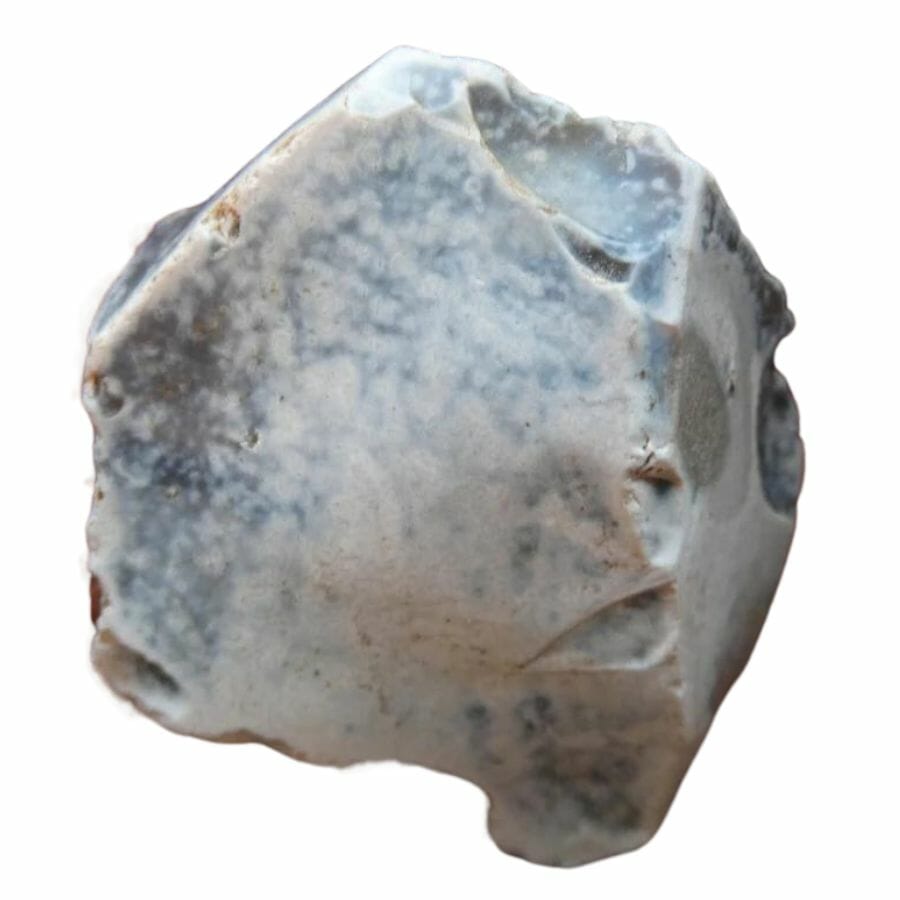
The cortex of flint is the outer layer that gives the first impression. Often, this layer boasts a white or off-white color, making it stand out when you’re exploring.
One of the most distinct features of the cortex is its texture. It can feel chalky or a bit rough to the touch.
But this isn’t just a random design; the cortex tells a story. It’s a remnant from the days when the flint was forming, showing traces of the sedimentary matrix where it began its journey.
Nodular shape
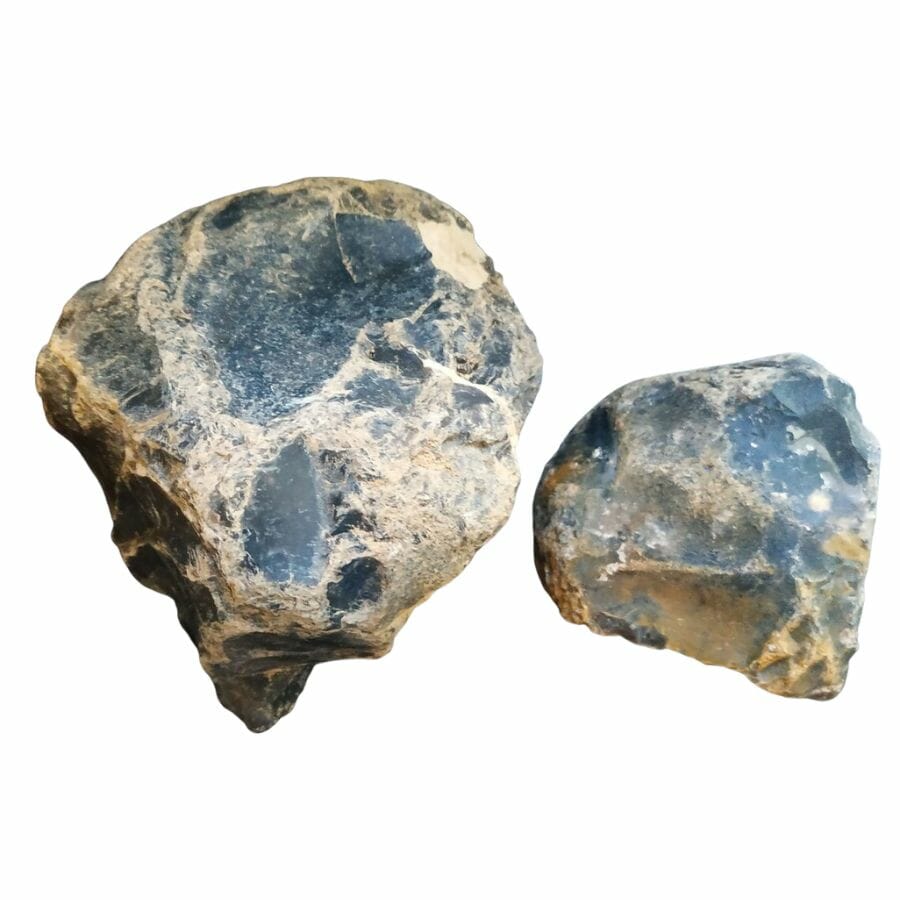
When you’re searching for flint, one key thing to look for is its distinctive shape. What flint looks like on the outside is often a clue to its identity. Flint commonly forms as rounded nodules or chunky masses, called nodules.
These nodules aren’t always just simple spheres. Some might stretch out, becoming more elongated, while others take on a flatter, disc-like shape. There are even times you might stumble upon a piece that’s completely irregular.
Hardness
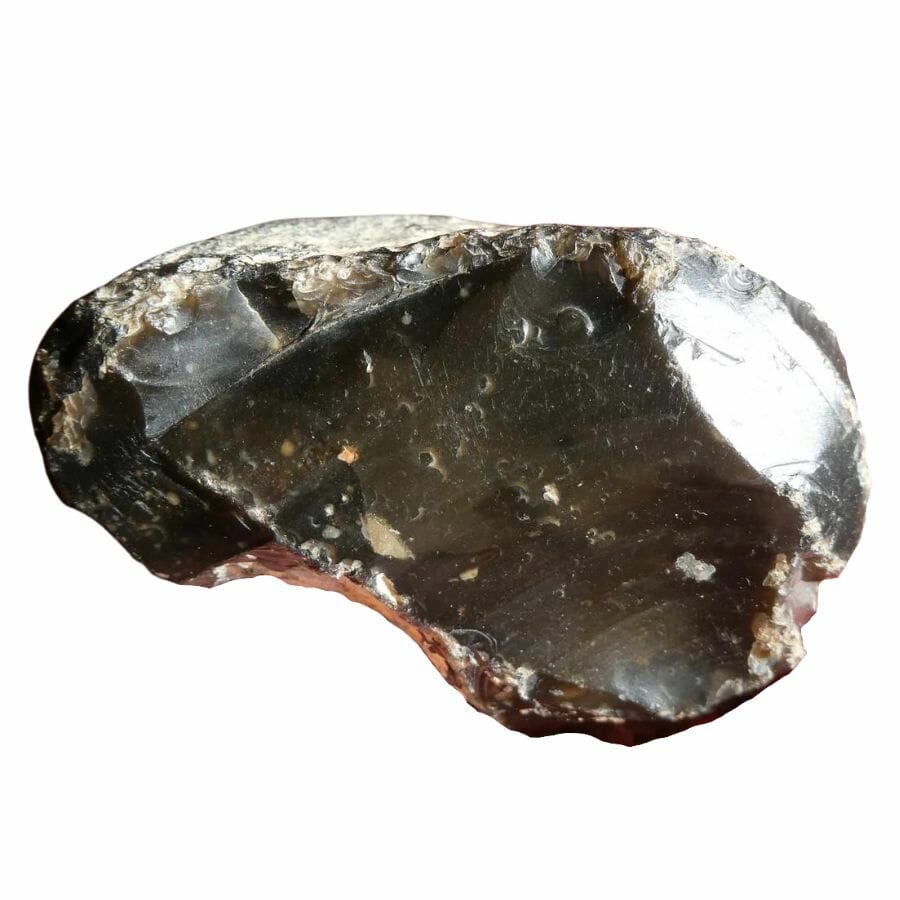
If you’ve ever tried to scratch the surface of flint with a metal object or even another rock, you might’ve noticed it’s no easy task. That’s because flint is pretty tough stuff.
On the Mohs scale, which measures the hardness of minerals, flint ranks at a solid 7. That means it’s harder than many other common rocks and minerals you might come across. This durability is one reason flint was historically chosen for making tools.
What flint looks like on the inside
Flint is full of surprises, especially when you peek inside! While its outer appearance offers various clues about its identity, the inside tells a whole new story.
Translucency
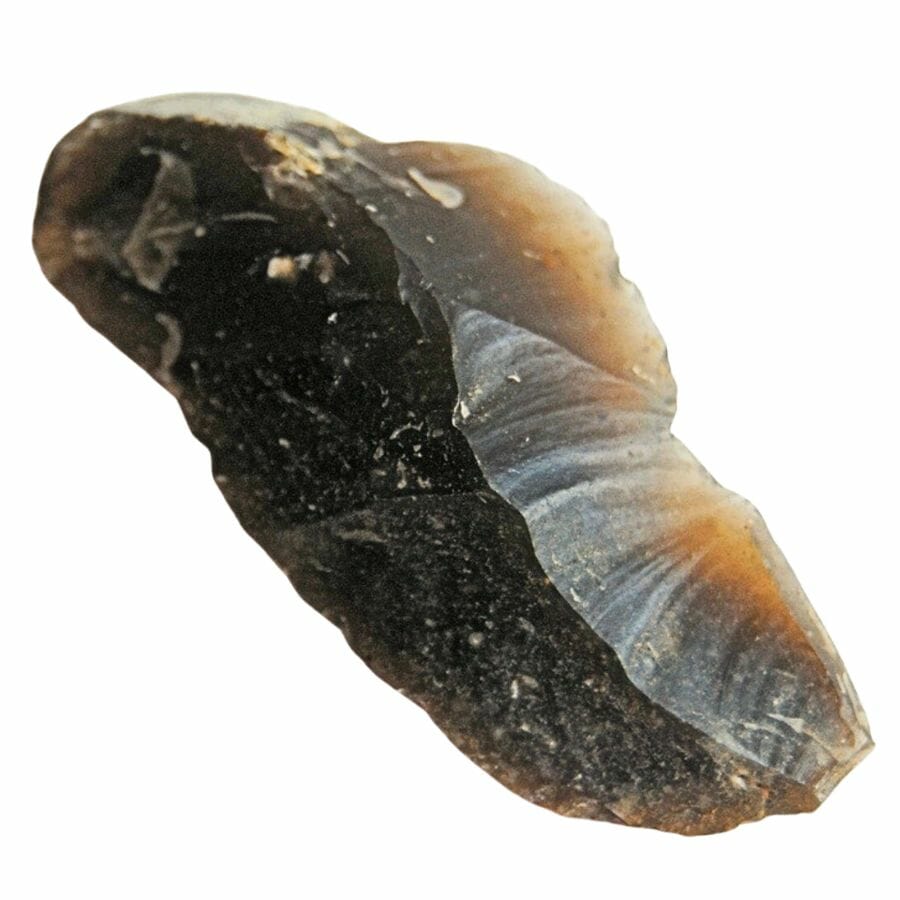
One of the cool tricks for how to find flint is by checking its translucency. Not all flints have this feature, but many, especially the lighter-colored ones, can surprise you with their ability to let some light shine through.
If you ever come across a piece of flint and are curious about this characteristic, try holding a thin edge of it up to a light source. You might notice a soft glow as the light passes through, almost like a delicate curtain.
Waxy or dull luster
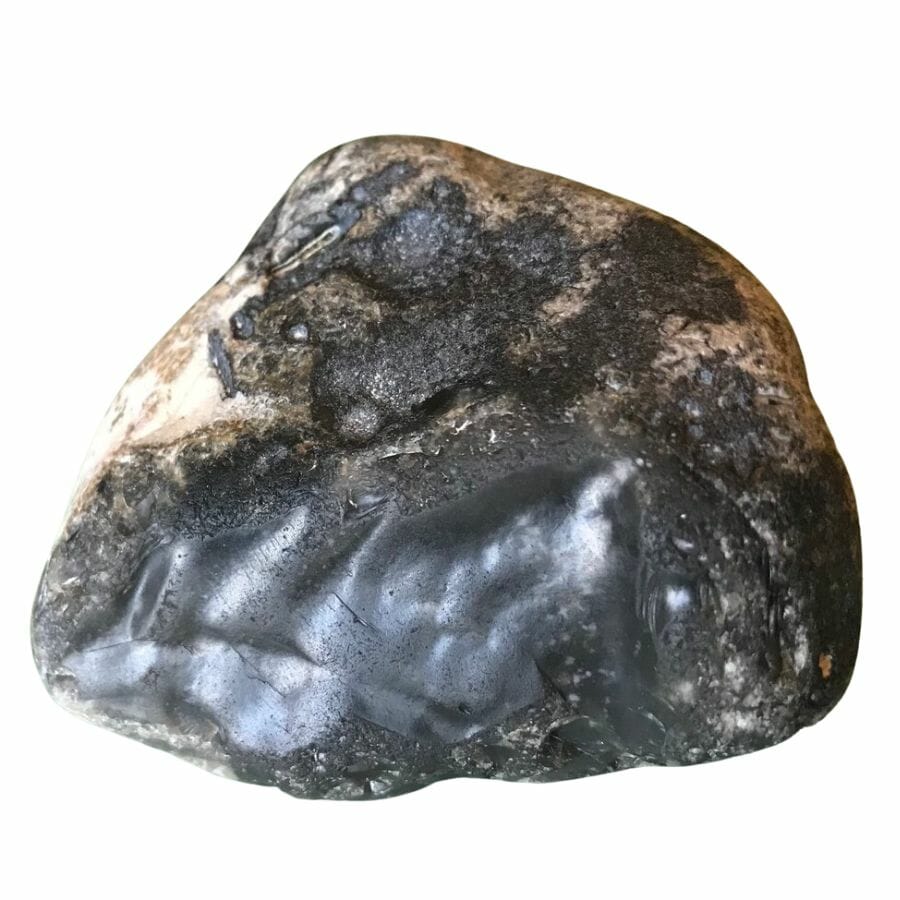
The cortex of flint is usually pretty dull. When a piece of flint breaks apart or if you spot a naturally fractured surface, you’re in for a treat. This fresh surface often reveals a luster that’s beautifully waxy and smooth.
It’s not shiny like a mirror, but it has this subtle glow, making it look almost like it’s been polished with wax.
Conchoidal fracture
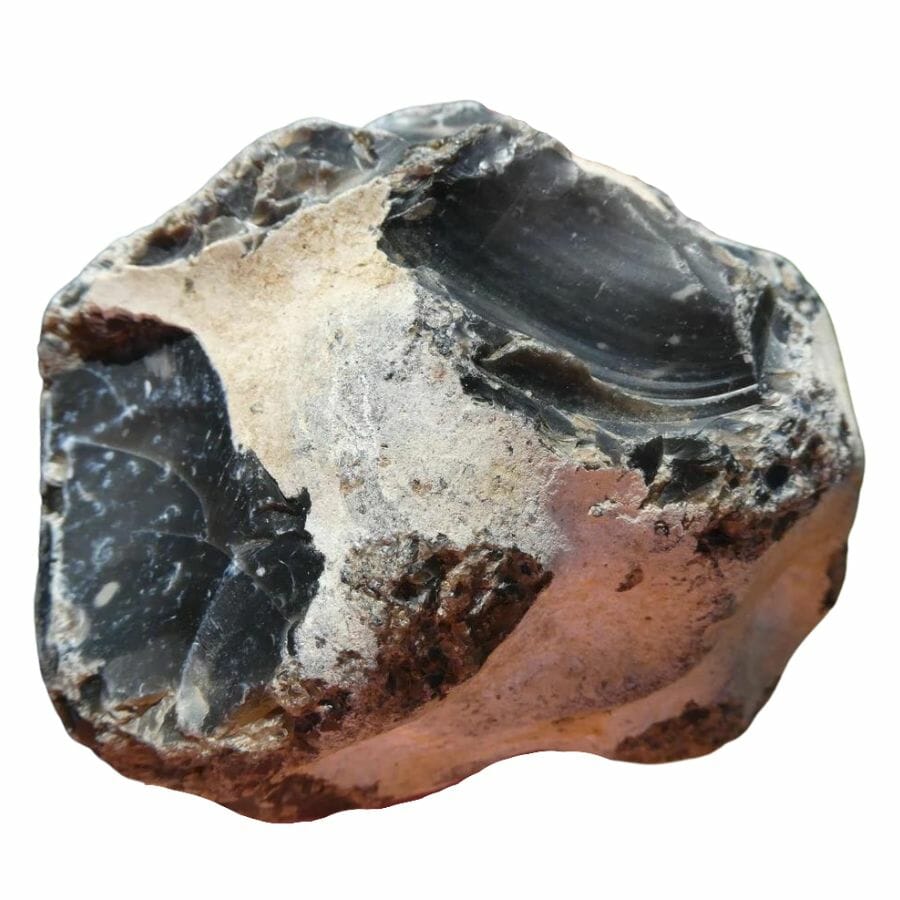
One of the standout features of flint, especially when we explore what flint looks like on the inside, is its conchoidal fracture.
When flint breaks, it doesn’t just split any which way. Instead, it often breaks in curved, shell-like patterns known as conchoidal fractures.
These fractures give the broken edges a scalloped appearance, much like the way a thick piece of glass might break.
This unique breakage pattern doesn’t just look interesting; it also played a role in history. Early toolmakers used flint because these fractures allowed them to shape sharp-edged tools.

